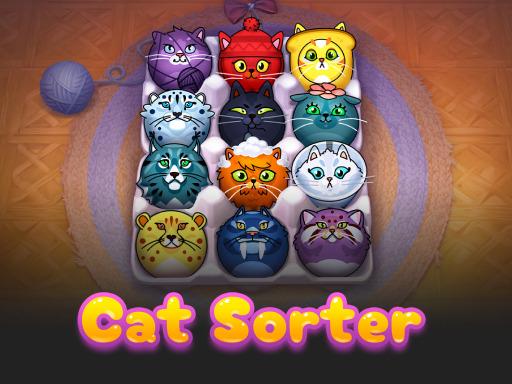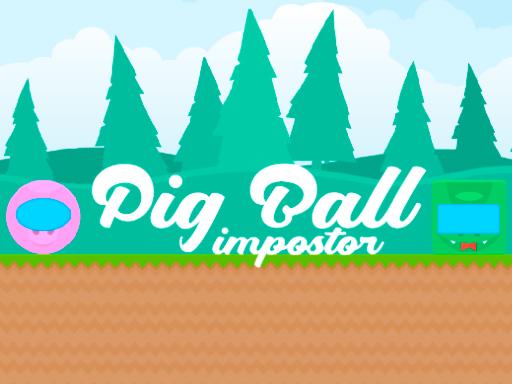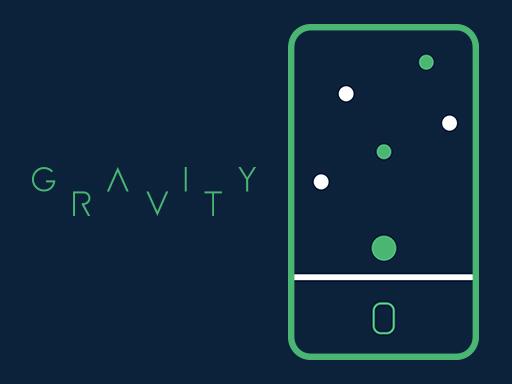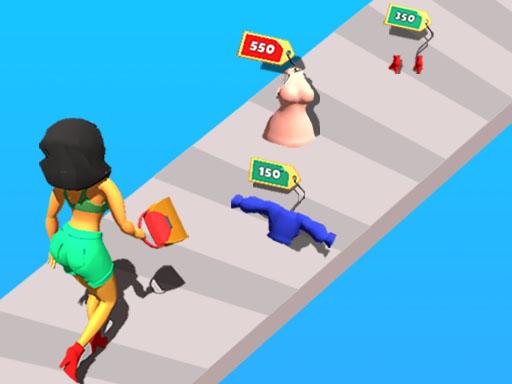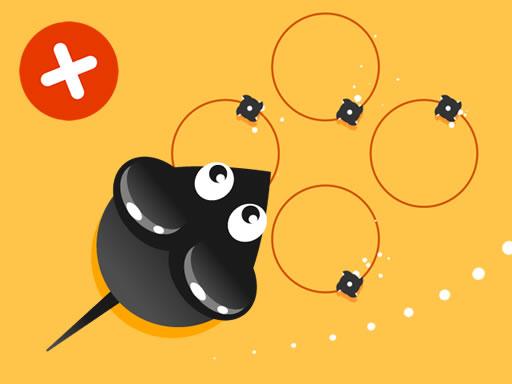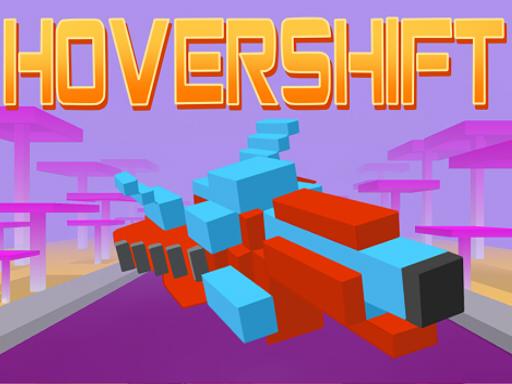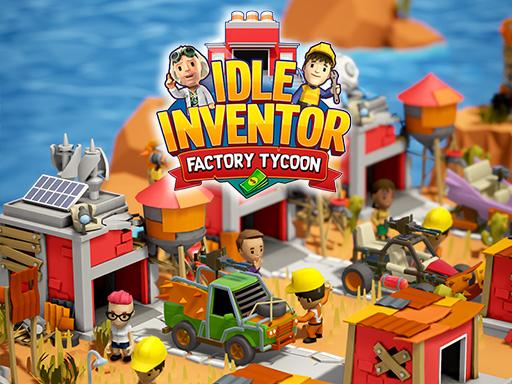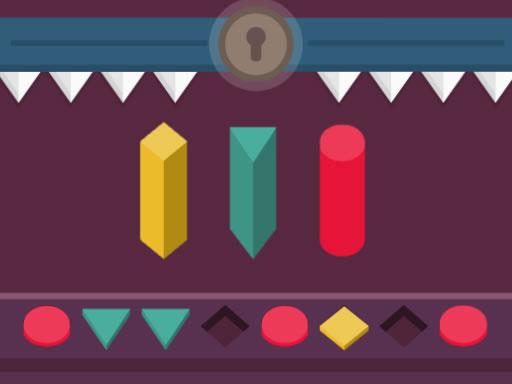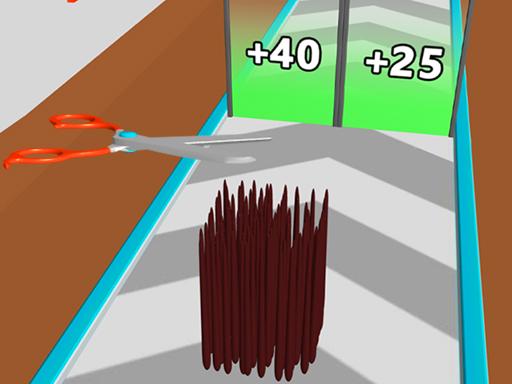New Games
Mouse
Introduction and How to Play Mouse
Mouse is a fun and engaging online puzzle game where players control a mouse to navigate through various obstacles and challenges. This game combines reflex-based gameplay with problem-solving, offering an exciting and dynamic experience for players of all ages. Whether you’re a fan of quick-paced challenges or enjoy puzzles that require precision and strategy, Mouse has something to offer.
In Mouse, the goal is to guide the mouse safely to the end of each level while avoiding traps and obstacles. The game’s levels vary in difficulty, and as you progress, you’ll encounter more complex scenarios that require quick thinking and careful movement.
Game Overview
In Mouse, players control a cute and agile mouse through different levels, each filled with a variety of obstacles, traps, and challenges. The mouse must navigate through mazes, move past barriers, and solve puzzles to reach the end of the level. The game tests your coordination, timing, and problem-solving skills, making it both fun and mentally stimulating.
The game’s simple controls and accessible gameplay make it easy to pick up and play, but the increasing difficulty ensures that even experienced players will find a challenge. The primary objective is to reach the cheese or the end of the maze, but this often requires clever movement, avoidance of obstacles, and sometimes even interaction with the environment.
How to Play Mouse
1. Getting Started
When you first launch the game, you will be presented with an introductory level to help you familiarize yourself with the controls and mechanics. The game generally follows a series of levels, each more complex than the last, so take your time to understand how things work.
- Objective: The main goal of each level is to guide the mouse from the start to the end point, usually marked by a piece of cheese, a safe zone, or an exit. Along the way, there will be various obstacles, and sometimes you’ll need to solve puzzles to progress.
- Controls: The controls are simple and intuitive, with most games using the arrow keys or mouse movements to guide the character.
- Arrow Keys / WASD: Use the keyboard arrows or WASD keys to move the mouse in the desired direction. Some levels may include specific actions like jumping, crouching, or climbing that can be triggered by pressing the respective keys.
- Mouse Movement: In some versions of the game, you may need to control the mouse’s movement using the mouse pointer to direct its path or interact with objects.
2. Navigating Obstacles and Challenges
Each level in Mouse is designed with its own set of challenges, often including traps and puzzles that must be solved. Here are some of the typical obstacles and features you will encounter:
- Traps: Many levels include hazards like spikes, falling objects, or swinging blades that the mouse must avoid. Timing your movements carefully is crucial to passing through these traps safely.
- Moving Platforms: Some obstacles are dynamic, like moving platforms or walls that shift. You’ll need to time your movements to align with these moving elements and avoid getting stuck or crushed.
- Enemies: Depending on the version of the game, there may be enemies like cats or other animals that the mouse must avoid. Getting caught by an enemy typically means starting the level over or losing a life.
- Switches and Levers: Some puzzles require the mouse to interact with the environment, such as activating switches or pulling levers to open gates or remove barriers blocking the path.
- Collectables: Occasionally, levels may have collectible items like cheese pieces or bonus stars that you can gather to unlock new levels or gain extra points.
3. Solving Puzzles
As the game progresses, you’ll encounter puzzles that require careful planning and problem-solving. You might need to move objects, activate hidden mechanisms, or figure out how to bypass tricky obstacles.
- Interactive Environment: In some puzzles, you’ll need to manipulate parts of the environment to proceed. For example, moving crates, shifting platforms, or using switches in the right sequence.
- Timed Challenges: Some levels might include a timer, requiring you to reach the end before time runs out. In these cases, quick thinking and swift navigation are necessary to beat the clock.
- Environmental Clues: Each level may provide subtle hints in the form of visual cues or patterns. Look closely at your surroundings to spot potential solutions to puzzles or hidden paths.
4. Progression and Difficulty
As you complete levels, the difficulty gradually increases. Early levels introduce you to the basic mechanics, but later stages become more complex, with additional traps, enemies, and intricate puzzles.
- Easy Levels: The first few levels serve as a tutorial, introducing you to the core mechanics and helping you become comfortable with the controls.
- Intermediate Levels: In these levels, obstacles become more frequent and challenging. Moving platforms, more intricate puzzles, and additional hazards will test your skills.
- Advanced Levels: At the highest levels, you’ll face complex mazes, multiple traps, and enemy interactions that require quick reflexes and careful planning.
5. Tips for Success
Here are a few tips to help you navigate through the challenges in Mouse:
- Take Your Time: While some levels require speed, most of them benefit from taking your time to analyze the situation. Study the layout of obstacles and plan your moves accordingly.
- Be Aware of Timing: Many traps and moving platforms require precise timing. Pay attention to the rhythm of the obstacles, and move when the time is right.
- Experiment with Movement: Some puzzles require trial and error. Don’t be afraid to experiment with different movements or actions to find the best solution.
- Watch for Patterns: Many obstacles, such as moving platforms or enemy movements, follow specific patterns. Observing these patterns can help you time your movements to avoid danger.
- Collect Bonuses: Keep an eye out for collectible items or bonus objectives. These not only help you score higher but may also unlock new levels or bonuses.
Why Play Mouse?
Here are some reasons why Mouse is an enjoyable and rewarding game to play:
- Challenging Puzzles: The game offers a variety of puzzles that require both quick reflexes and thoughtful problem-solving, keeping players engaged and mentally stimulated.
- Engaging Gameplay: The combination of obstacle navigation, puzzle solving, and timing-based challenges makes the gameplay dynamic and exciting.
- Simple Yet Addictive: The easy-to-learn controls and progressively challenging levels make Mouse an addictive game that’s fun for both casual players and those seeking more of a challenge.
- Perfect for All Ages: The game is suitable for players of all ages, from kids learning about logic and timing to adults looking for a relaxing but engaging challenge.
Conclusion
Mouse is a charming and exciting puzzle game that challenges players to navigate through various levels filled with obstacles, puzzles, and tricky scenarios. With its simple controls, dynamic gameplay, and increasing difficulty, it offers hours of entertainment for anyone who enjoys brain teasers and action-packed challenges. Whether you’re looking to unwind or challenge your reflexes and problem-solving skills, Mouse is a fun and rewarding game to play.
Instructions
Use mouse or tap on the screen!
 Home
Home Popular Games
Popular Games Categories
Categories